Original URL: https://www.theregister.com/2014/05/13/apple_beats_and_fools_with_money/
Apple, Beats and fools with money who trust celeb endorsements
Will Apple's rumoured buyout improve the bass-boosting headphones?
Posted in Legal, 13th May 2014 14:53 GMT
Feature Reports suggest Apple is in talks to buy Beats Electronics, which was founded by hip-hopper André Young, aka Dr Dre, for an astronomical amount of money. At the same time Pono, founded by another Young, namely Neil, promises to transform music delivery. John Watkinson, aka JR Cool Dubbya, wonders what is going on.
One aspect of my postgraduate life that I treasure to this day is sitting in the front row of a lecture room in order not to miss a single gem from the lectures given by Philip Doak (1921-2011), who knew as much about acoustics as anyone alive at that time. And in that deep rumbling voice of his, he warned us that acoustics was “a Cinderella subject”.
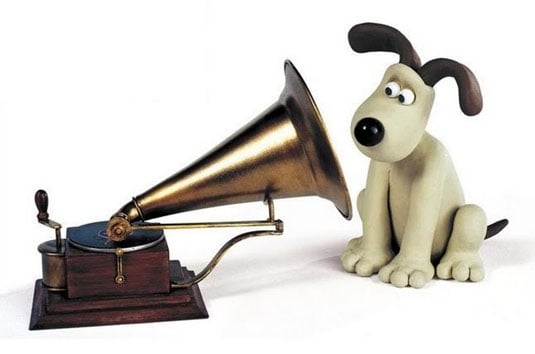
Pseudoscience and dogma has dogged progress in loudspeaker design
That was over 40 years ago, but his comment is still true. The sad fact is that out in the real world the overwhelming majority of places and products remain acoustically challenged and knowledge of the subject is depressingly scarce.
Even worse is that in the hi-fi world, that vacuum is filled by pseudoscience, dogma and fruitloopery to the extent that it resembles a fundamentalist religion. And when fundamentalism gains a hold, science leaves on the next boat – and progress ceases.
That’s exactly what we see in hi-fi shops, where loudspeaker performance hasn’t tangibly improved in forty years and vast sums are spent addressing the wrong problems. A fellow audio engineer, for whom I have much respect, described hi-fi as “swatting flies whilst ignoring the alligators”. In contrast the TV sets, still and video cameras and computers available to the public have progressed in leaps and bounds.
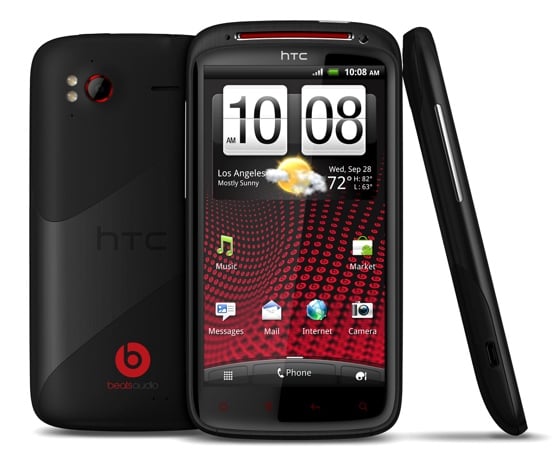
HTC added Beats tech to its Sensation XE Android smartie. Presumably nobody died as a result
One of the difficulties is that hi-fi isn’t dangerous, so a failure to perform does no harm and those who have spent a lot of money on a hi-fi accessory that makes no noticeable difference can handle it using denial. Mercifully, the logic-free tenets of hi-fi are not found in aviation, where people die if something doesn’t perform. Equally, the regulations that ensure things are genuine and functional in aviation are totally absent in hi-fi.
Audiophiles regularly present what to them appears proof that human hearing extends beyond 20kHz. Instead, as a colleague pointed out recently, what they are actually showing is that they lack knowledge of experimental design or statistics and have failed to eliminate bias or uncontrolled causes. Their expertise in porcine aerodynamics is unparalleled, even if their arguments don’t fly.
The latest crackpot proof I was presented with showed that Indonesian Gamelan music excited a different response if it was not limited to 20kHz. Gamelan music is played at ear-splitting volumes where the ear is highly non-linear. Thus all that was proved is that intermodulation took place that allowed lower sidebands to fold down into the audible range.
It was a bit of a clue that the experimenters dubbed their (re)discovery the "hypersonic effect" – not a term used by acousticians, as it relates to flight above Mach 5.5. Following Chuck Yeager’s flight, the aviation community commandeered the term "supersonic" to describe their exploits, so acousticians adopted "ultrasonic" to describe sounds above human hearing.
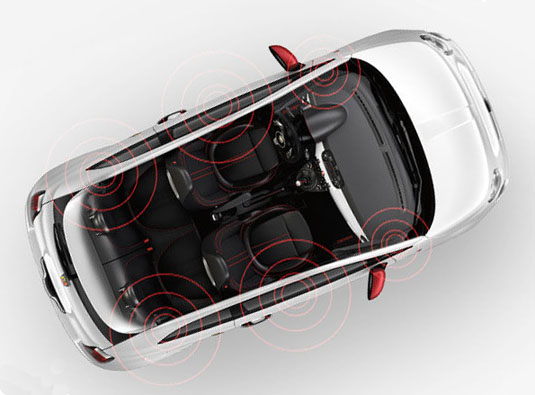
Is Apple making a car? Beats Audio in the Fiat 500
Beats Electronics, founded by hip-hop musician-turned businessman Dr Dre, is primarily known for its headphones, and for its internet streaming service, Beats Music. The musical genre to which Dr Dre adheres is characterised by idiomatic speech punctuated by obscenities and visceral quantities of low frequencies. We could ponder on the root causes of how this music came about, but I’ll spare you. Let’s just say that for many of its proponents, it’s a form of protest.
When one hears cars go by reproducing this music with their side panels bulging like the air sac of a Mississippi bullfrog on account of the sound pressure levels(SPL) generated by the sound system, it becomes clear that audio fidelity is not the overriding concern.
Bad apple! Don't you care about quality?
A brief study of Dr Dre on the web shows that he possesses a number of interesting qualities which do not include qualifications in acoustics or experience of transducer design.
From what I can see in the many reviews I have read, Beats headphones seem, unsurprisingly, to create an emphasised quantity of low frequencies – which is probably all right for hip-hop but may well compromise more nuanced material.
Dr Dre reflects on his journey in Been There, Done That – a bit saucy for work in places
The headphones contain something called "by Beats", without a trace of ostentation, and the Beats Acoustic Engine, which is presumably a bit of DSP made for 25 cents and programmed to convolve the unsuspecting input signal with the impulse response of said Mississippi bullfrog.
It appears that this is a classic case of celebrity endorsement. In a world of commoditisation and confused consumers, people often buy something that is recommended by somebody they have heard of in the media rather than something that meets a minimum specification – and will apparently pay a significant mark-up for the privilege.
So one doubts that Apple is desperate to acquire a brand of headphones when it could just do what Beats did and have them designed and made externally. It must be that Apple wants Beats' streaming business. Whether it wants the headphones or not, it'll get them, because it’s an all-or-nothing deal.
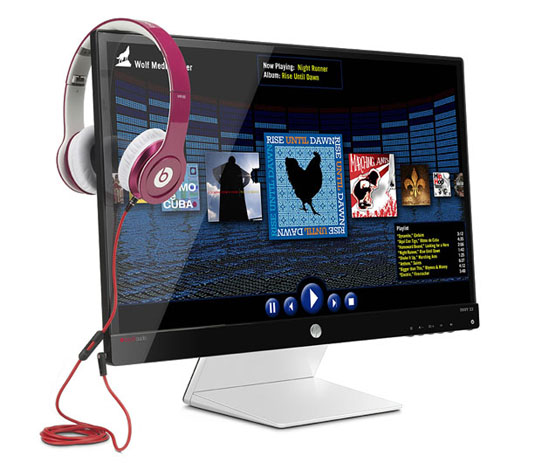
HP kit such as this Envy 23 features Beats Audio
Actually the streaming mechanism of Beats Music is not rocket science and nothing that an Apple programmer couldn’t knock up to order. But what Apple must really be after – if the buyout rumours are true – are the rights to the immense music database that Beats obtained when it bought MOG.
The rumoured deal is somewhat reminiscent of Sony buying CBS. But look what happened to Sony after Akio Morita passed away.
It is also not clear how Apple will ever recoup the fantastic sum apparently being offered.
I think it is fair to say that Apple goes – or at least used to go – the extra mile in making its products look good as well as being functional, and that must be reflected in the price tag. Yet Steve Jobs didn’t make money endorsing mediocre computers someone else had designed. He was the driving force behind Apple; although he was charismatic, the products succeeded because they spoke for themselves.
NSFW: Is Apple getting down with the kids? Dr Dre was in gangsta rap outfit N.W.A. whose hit track Fuck tha Police apparently garnered a warning from the FBI
Apple in the past was able to disrupt itself at a time of its choosing with it own breakthroughs. If it doesn’t continue to do that it will be disrupted from outside on someone else’s timetable. Perhaps, without Jobs, Apple is losing its way. Apple has someone eminently qualified to comment on audio in the shape of Tomlinson Holman. I wonder if he has been consulted on Beats?
If Apple were to invest a fraction of the amount they are proposing to pay for Beats into research in loudspeakers and in compensation for room acoustics, they could come up with products that would deliver a step-function improvement in quality over today’s museum pieces. But they would also reveal just how bad compressed streaming sounds.
CD no evil, hear no evil
Interestingly, in a review by The Guardian, the reviewer opined that Neil Young’s Harvest Moon, a recording that was made with a lot of care and attention, was “butchered” by Beats headphones.
Harvest Moon: Is it the music or the technology that keeps Pono off Apple's shopping list?
It has been well understood for some time that Neil Young is passionate about quality. That passion is driving his Pono initiative, which appears to be an upmarket iPlayer.
Some time ago, Young expressed concerns about what was left of his music after being downloaded by the consumer. Those concerns are entirely justified, as MP3 is a lossy compression scheme and at limited bit rates – such as the 320kbit/sec of Beats Music – does its best to preserve the dominant sounds by neglecting ambience and reverberation.
The later AAC is a more efficient algorithm, but the extra efficiency was used to drop the streaming bit rate to only 48kbit/sec rather than to increase the quality. That’s a compression factor of nearly thirty compared to the bit rate of CD. If you think the quality is going to be maintained, then you have redefined thinking.
On the other hand, those concerns do not apply to CDs, or to lossless codecs such as FLAC – and do not justify the adoption by Pono of absurdly high sampling rates and word-lengths (link to explanation, for the non-audiophiles) for which there is absolutely no evidence. Nor does it justify Pono’s claims that improved sound quality will result. Pono has been on the receiving end of a fair bit of criticism for its questionable audiophile views.
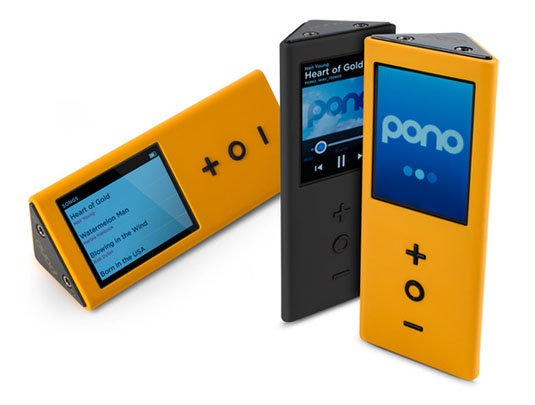
Do we really need the 24-bit/192kHz audio touted on the Pono music player?
There is nothing wrong with the quality of Neil Young’s CDs. I know; I’ve got some. The CD format, of course, uses linear PCM. Thanks to the error correction, the data a CD replays is substantially bit-accurate. In that sense, the CD has no sound quality of its own because it reproduces what is put on it. The sound quality is limited by the sampling rate of 44.1kHz and by the word-length of 16 bits to which the audio must be conformed prior to pressing.
But the key thing about the CD was that it represented an obvious leap from earlier recording media that simply weren’t good enough for delivery of post-produced material to the consumer to one that was.
Once you have made that leap, there is no requirement to go further. And if you make a leap of convenience from a physical medium to downloading, there is no need to go to a higher bit rate. The sampling rate of CD allows an audio bandwidth of 20kHz, which is beyond the range of human hearing, so raising the sampling rate would be a futile exercise.
We have already seen such an exercise in the shape of SACD. Despite the hype, double-blind tests showed that listeners trying to distinguish SACD from CD did no better statistically than if they were guessing, according to tests published by JAES in 2007. Whilst SACD may have been technically slightly better than CD, as both had wider bandwidth than human hearing, there was no practical difference.
In its 32-year history, CD has seen off Digital Compact Cassette, MiniDisc and SACD, but those were physical media, whereas downloading from the web clearly isn’t.
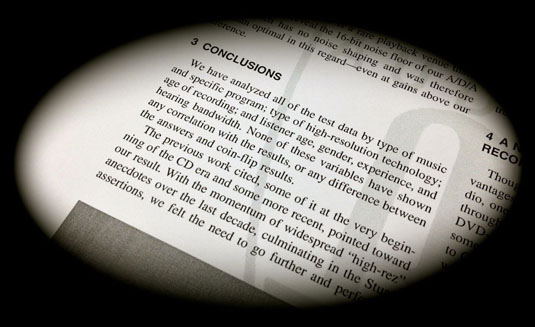
So much for the hi-res hype: results from the Meyer and Moran paper Audibility of a CD-Standard A/DA/A Loop Inserted into High-Resolution Audio Playback that compared CD with SACD and DVD-A content
The only drawback of the CD in today’s impatient society is that it’s a storage medium, a format, which means you either have to go out and buy it in person, or you buy it by mail order and it arrives with the jewel case smashed by the postal system. Neither of those factors have anything to do with the sound quality. If you could download the data from the CD bit-accurate to your hard drive, either losslessly compressed or uncompressed, you could get the same quality without leaving home.
Although Linn offers such a service for a limited number of titles, as far as the mainstream content providers are concerned, don’t hold your breath. Thanks to the cancer of marketing, you can either get a cheap low-bit-rate version of the music that sounds like it has been stepped on by an elephant and that won’t play if you don’t renew your subscription, or you pay over the odds to get a hopelessly over-specified version that you don’t need. Imagine a car dealer offering you a Trabant or a Lamborghini and virtually nothing in between.
The truth, the whole truth and nothing but the sonic truth
The 16 bits of CD were effectively extended to 18 bits by the development of noise shaping, which allows over 100dB signal to noise ratio. That falls a bit short of the 140dB maximum range of human hearing, but that has never been a real goal.
At the loud end of the range the air itself distorts and human hearing is grossly distorted. The critical bandwidth has become extremely wide, the experience is distressing and will cause hearing damage if sustained. So we can knock off about 20dB to keep out of that region and so the neighbours don’t keep calling the police.
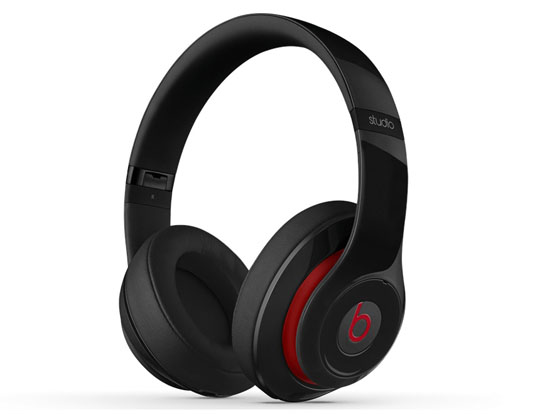
Butchering, Beats style: the term 'Studio' should be treated with caution
Equally, the threshold of hearing is defined as the detection of a single pure tone. Since all meaningful sounds contain harmonics at levels below that of the fundamental, then if the fundamental is just audible, the harmonics will be inaudible. Sound at the threshold of hearing cannot be interpreted, even assuming it can be detected at all except in an anechoic room. So we can knock off another 20dB to keep out of that region, leaving us with exactly what the CD can deliver.
It is easy to justify longer word-lengths when we are making a recording, because we can never be sure of the exact level to be captured and there will be some noise build-up when effects and EQ are applied. Equally, there are plenty of applications in which higher sampling rates can be justified: for research purposes, for generating ultrasonic signals for military or industrial purposes, it is obvious.
If we wish to build an effects unit for an electric guitar, many of the effects will be non-linear, which produces harmonic distortion that would alias with a conventional sampling rate, so again it is obvious to use a high sampling rate for that application. However for final delivery of post-produced music to the consumer, these concerns don’t apply.
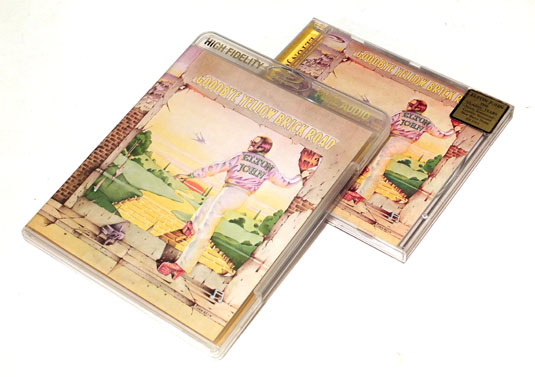
High Fidelity Pure Audio (HFPA) is the latest hi-res format and it uses Blu-ray discs, but for older stereo content would you notice any difference alongside the remastered CD?
When SACD was launched, I was astonished to find that it was proposed to re-release some archive material on that format. Since archive material cannot by definition contain any of the frequencies that could only be reproduced by SACD, the immediate question has to be where the missing information is going to come from. Shannon’s information theory says you can’t recover information that was never there by later adopting a higher sampling rate.
Now I gather Neil Young proposes to re-release his archive recordings on Pono. Again, one has to ask, where is he going to get the missing bandwidth from? Will a Pono download of an early Neil Young track at an astronomical data rate carry any more information or sound any better than the CD did? No, of course not - and to suggest otherwise is misleading. Perhaps Young himself has been misled.
But even if a Pono download could deliver more information than a CD, the consumer still wouldn’t hear any improvement because the quality bottleneck ceased to be the storage or delivery medium with the advent of the CD and the problem became the transducers; the headphones and the speakers; one that Pono does not solve.
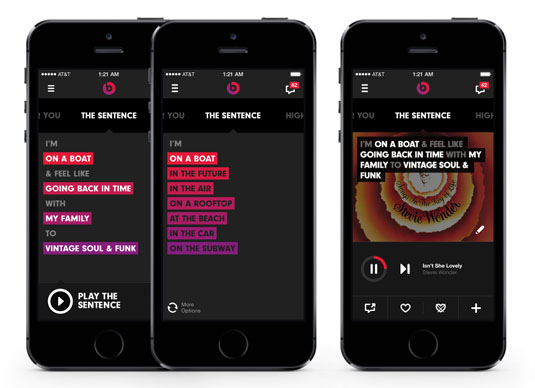
Is Apple set to spend $3.2bn on an app?
One can imagine no greater sucker than the proud owner of a Pono player connected to Beats headphones. Having paid over the odds for downloading an unnecessary amount of data into a musician-endorsed player and paid further over the odds for his musician-endorsed headphones, he will find his two products are mutually cancelling.
Moreover, if Apple does buy into Beats and the dubious hardware disappears from sight, then it would have spent $3.2bn on an app. Now don’t you wish it had put that money into loudspeaker design R&D instead? ®
John Watkinson is an international consultant on digital audio and the author of The Art of Digital Audio.